News
‘Slender Man’ Is Far Too Thin On Lore
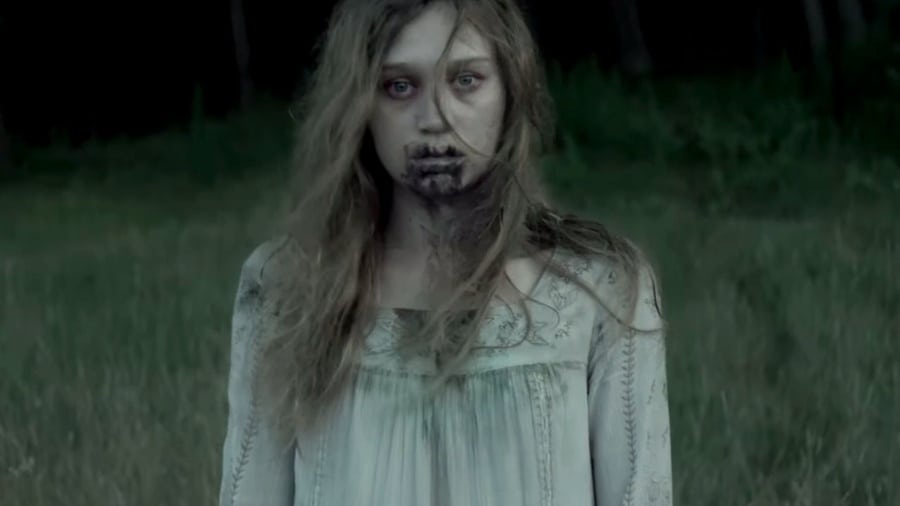
(AUTHOR’S NOTE: My friends and I called it ‘Slenderman’. The 2018 film called it ‘Slender Man’. I will use those two spellings to differentiate between the two.)
I grew up in the height of the Slenderman craze.
I was in the early years of high school when ‘Slender’, the online horror flash-game featuring the titular Slenderman as its antagonist, was released. My friends and I would huddle up in a dark room and play it, with the volume booming. We’d run out of the room screaming after jump-scares.
It was all silly, stupid fun.
But I wanted more than silly, stupid fun from Slender Man.

This poster is the best thing about Slender Man
Directed with undeniable visual gusto by Sylvain White, and starring a quartet of likable young actresses, this movie had a lot going for it. It even featured Javier Botet, one of the greatest working creature actors, as its antagonist! Botet terrified in movies like Mama (2013) and REC. (2007), but he is utterly wasted here.
The main issues with Slender Man come from the film’s basic misunderstanding of what actually made Slenderman scary in the first place. When we were kids, my friends and I would spend hours poring over the supposed ‘accounts’ of encounters with the creature, watching videos (shout-out to Marble Hornets!), and coming up with our own stories.
Slenderman was documented on the internet, but he didn’t exist there. He existed inside us. In our minds. It was the idea that he might actually be out there, in the woods (not on the net), that made it scary.
First of all, the film presents us with a convoluted ritual which must be used to ‘summon’ Slender Man. This was never part of the lore (that I knew of, admittedly the mythology was pretty vast), and in my opinion, it weakens the plot. Slenderman was scary because he could get you anywhere, at any time.
He didn’t need to be summoned. He was already there.
Slender Man presents the monster as being a sort of digital Candyman. He lives on the internet. He’s from there. He only comes to the real world when he’s ‘summoned’.
Our heroines watch a spooky online video (yes, dear reader, it is exactly like The Ring), and the Slender Man starts stalking them. They start to have bad dreams, which is admittedly where the movie shows off its best, creepiest imagery.
They also start to see the Slender Man, which…leaves a lot to be desired.
There is such a thing as taking a design too literally. It is clear that, when designing this film’s visuals, the graphic artists looked at drawings of Slenderman. But their Slender Man looks like a sad, digital rendering of the most basic of those drawings.
I always found that one of the scariest things about Slenderman was that no one could quite nail-down what he looked like. Every drawing was a little different.
But in this film, when he’s not too shrouded in darkness to see, Slender Man looks like a CGI suit on a store mannequin with big, rubber hands. They also chose to add the ill-advised ‘back tentacles’ (an unfortunate result of the ‘Slender’ craze), which look clunky and too-thick to be useful.
And then, to top it all off, I kid you not…Slender Man walks on big, clunky spider legs. Like Pennywise.
It is decidedly not scary.
So now, let’s talk about what Slender Man did right, and how they could have made it better.
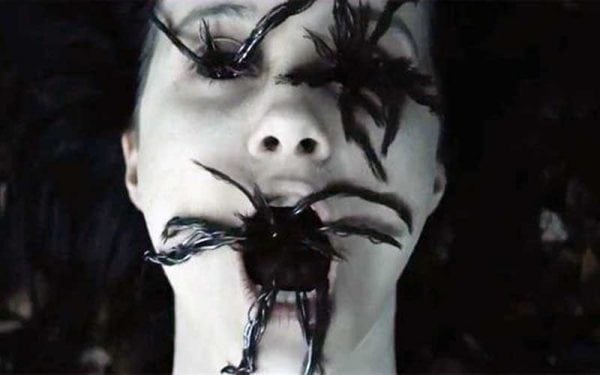
A nightmarish vision from Slender Man.
There is a good movie hiding somewhere in Slender Man. The four main characters, particularly our secondary protagonist Wren (played by Joey King), are legitimately well-acted and likable.
Sure, they’re a discount ‘Losers Club’, but I’ll give them a pass nonetheless.
This movie does its best work early, when Slender Man is still just an idea, and not a literal monster. He appears in the abstract. In nightmares, in sounds from the forest, as a shadow on the wall. We still have no direct confirmation that he is real. We just know our protagonists are afraid of him.
One of my favorite sequences comes right near the middle of the film, when two of the principle characters search the room of a missing girl for clues. What they find are drawings, dozens of drawings, showing different iterations of Slender Man.
The creepiest of them shows a tree, with a long spider-hand coming down from a seemingly normal branch, holding a girl’s hand.
The more real Slender Man we get, the more the movie falls apart.
The real Slender Man ends up being a generic poltergeist who drags screaming children into the woods with living tree branches and CGI tentacles. There is no strange, hypnotic charm. No mind-control. No “Pied Piper” aesthetic.
The Slender Man just takes you, and kills you. That’s it.
And that’s not Slenderman.
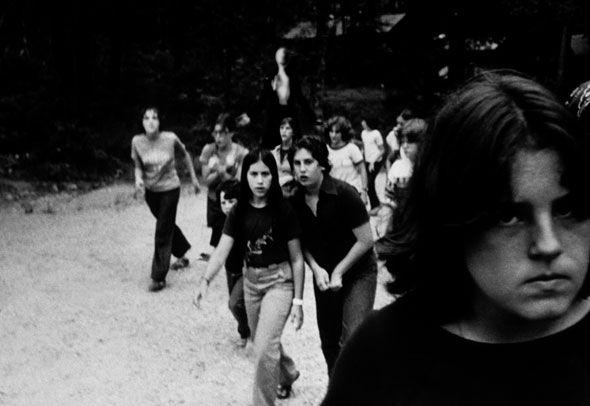
One of the original Slenderman Images.
One of the most common themes of Slenderman lore was that kids wanted to go with him. He didn’t take you, you went willingly. And how terrifying is that? The idea that you would go purposefully into the woods at the whim of a tall, faceless specter; off to god knew where?
The fact that this film didn’t take advantage of an element as bluntly terrifying as that is criminal.
I won’t lie, I truly believe that the people behind Slender Man were trying to make a good film. It never felt to me like a simple, dumb cash-grab. It had a lot of elements that I genuinely liked, or at least appreciated.
But I think, as adults so often do, the creators of Slender Man misunderstood what was so damn scary about the thing in the first place.
When you turn Slenderman into a sort of generic ‘boogeyman’, a jump-scare engine that pulls kids screaming into the woods, you lose a lot of what made him scary in the first place. This movie would have been better served showing a lot less of its title character, and leaving a lot more to the imagination.
Slenderman lives in the imagination, you see. He’s not online, or in the woods. He’s inside you. In your head. In your friends’ heads. He is every too-tall shadow. Every branch that looks vaguely like a hand. Every weird, hollow sound in the night.
Slenderman isn’t any one thing.
He is exactly what you want him to be.
(RATING: 3 out of 5 Stars)
TRAILER:
'Civil War' Review: Is It Worth Watching?
Follow our new YouTube channel "Mysteries and Movies" here.

Lists
Thrills and Chills: Ranking ‘Radio Silence’ Films from Bloody Brilliant to Just Bloody
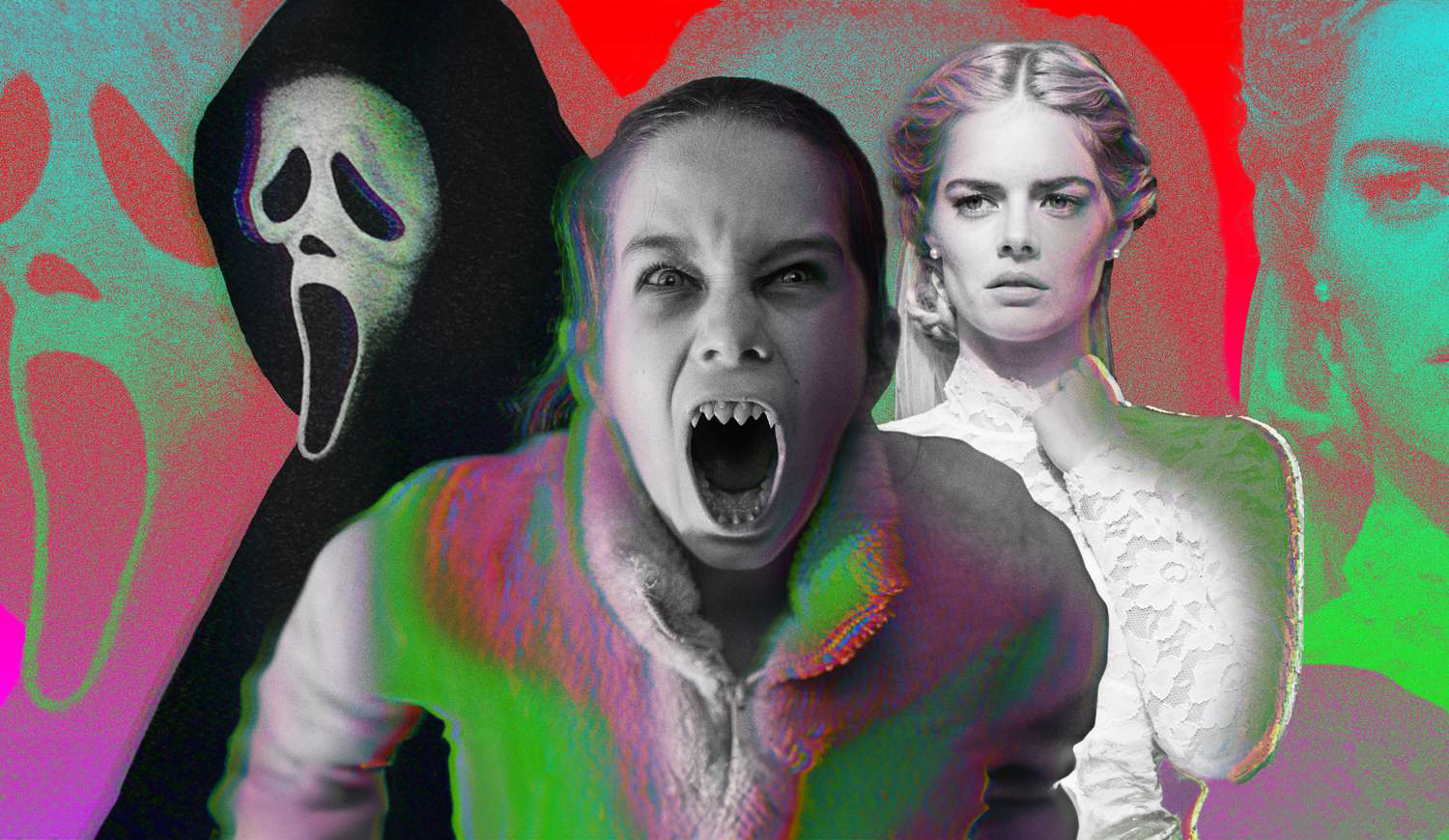
Matt Bettinelli-Olpin, Tyler Gillett, and Chad Villella are all filmmakers under the collective label called Radio Silence. Bettinelli-Olpin and Gillett are the primary directors under that moniker while Villella produces.
They have gained popularity over the past 13 years and their films have become known as having a certain Radio Silence “signature.” They are bloody, usually contain monsters, and have breakneck action sequences. Their recent film Abigail exemplifies that signature and is perhaps their best film yet. They are currently working on a reboot of John Carpenter’s Escape From New York.
We thought we would go through the list of projects they have directed and rank them from high to low. None of the movies and shorts on this list are bad, they all have their merits. These rankings from top to bottom are just ones we felt showcased their talents the best.
We didn’t include movies they produced but didn’t direct.
#1. Abigail
An update to the second film on this list, Abagail is the natural progression of Radio Silence’s love of lockdown horror. It follows in pretty much the same footsteps of Ready or Not, but manages to go one better — make it about vampires.
#2. Ready or Not
This film put Radio Silence on the map. While not as successful at the box office as some of their other films, Ready or Not proved that the team could step outside their limited anthology space and create a fun, thrilling, and bloody adventure-length film.
#3. Scream (2022)
While Scream will always be a polarizing franchise, this prequel, sequel, reboot — however you want to label it showed just how much Radio Silence knew the source material. It wasn’t lazy or cash-grabby, just a good time with legendary characters we love and new ones who grew on us.
#4 Southbound (The Way Out)
Radio Silence tosses their found footage modus operandi for this anthology film. Responsible for the bookend stories, they create a terrifying world in their segment titled The Way Out, which involves strange floating beings and some sort of time loop. It’s kind of the first time we see their work without a shaky cam. If we were to rank this entire film, it would remain at this position on the list.
#5. V/H/S (10/31/98)
The film that started it all for Radio Silence. Or should we say the segment that started it all. Even though this isn’t feature-length what they managed to do with the time they had was very good. Their chapter was titled 10/31/98, a found-footage short involving a group of friends who crash what they think is a staged exorcism only to learn not to assume things on Halloween night.
#6. Scream VI
Cranking up the action, moving to the big city and letting Ghostface use a shotgun, Scream VI turned the franchise on its head. Like their first one, this film played with canon and managed to win over a lot of fans in its direction, but alienated others for coloring too far outside the lines of Wes Craven’s beloved series. If any sequel was showing how the trope was going stale it was Scream VI, but it managed to squeeze some fresh blood out of this nearly three-decade mainstay.
#7. Devil’s Due
Fairly underrated, this, Radio Silence’s first feature-length film, is a sampler of things they took from V/H/S. It was filmed in an omnipresent found footage style, showcasing a form of possession, and features clueless men. Since this was their first bonafide major studio job it’s a wonderful touchstone to see how far they have come with their storytelling.
'Civil War' Review: Is It Worth Watching?
Follow our new YouTube channel "Mysteries and Movies" here.
News
Perhaps the Scariest, Most Disturbing Series of The Year

You may have never heard of Richard Gadd, but that will probably change after this month. His mini-series Baby Reindeer just hit Netflix and it’s a terrifying deep dive into abuse, addiction, and mental illness. What is even scarier is that it’s based on Gadd’s real-life hardships.
The crux of the story is about a man named Donny Dunn played by Gadd who wants to be a stand-up comedian, but it’s not working out so well thanks to stage fright stemming from his insecurity.
One day at his day job he meets a woman named Martha, played to unhinged perfection by Jessica Gunning, who is instantly charmed by Donny’s kindness and good looks. It doesn’t take long before she nicknames him “Baby Reindeer” and begins to relentlessly stalk him. But that is just the apex of Donny’s problems, he has his own incredibly disturbing issues.
This mini-series should come with a lot of triggers, so just be warned it is not for the faint of heart. The horrors here don’t come from blood and gore, but from physical and mental abuse that go beyond any physiological thriller you may have ever seen.
“It’s very emotionally true, obviously: I was severely stalked and severely abused,” Gadd said to People, explaining why he changed some aspects of the story. “But we wanted it to exist in the sphere of art, as well as protect the people it’s based on.”
The series has gained momentum thanks to positive word-of-mouth, and Gadd is getting used to the notoriety.
“It’s clearly struck a chord,” he told The Guardian. “I really did believe in it, but it’s taken off so quickly that I do feel a bit windswept.”
You can stream Baby Reindeer on Netflix right now.
If you or someone you know has been sexually assaulted, please contact the National Sexual Assault Hotline at 1-800-656-HOPE (4673) or go to rainn.org.
'Civil War' Review: Is It Worth Watching?
Follow our new YouTube channel "Mysteries and Movies" here.
Movies
The Original ‘Beetlejuice’ Sequel Had an Interesting Location
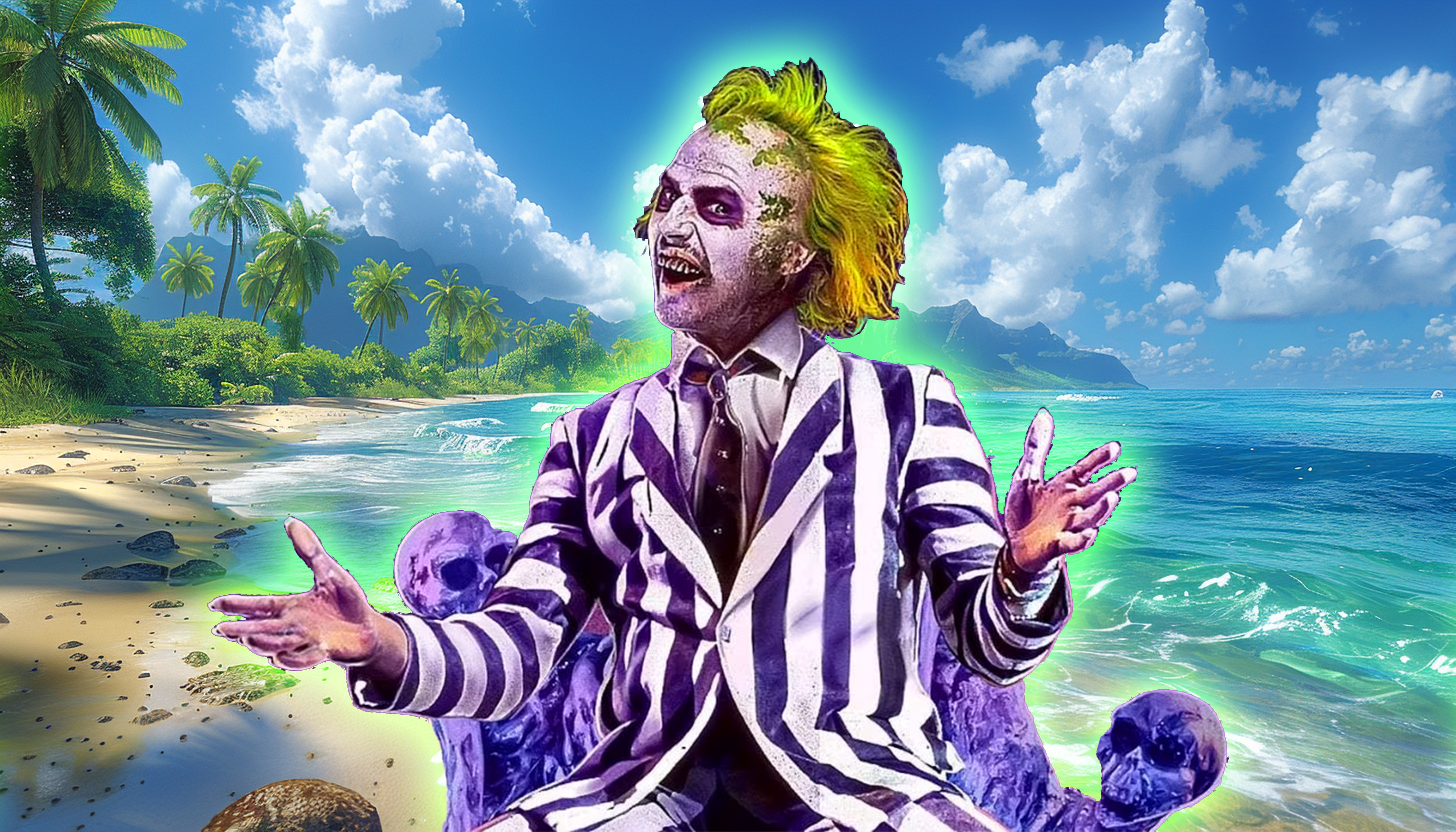
Back in the late ’80s and early ’90s sequels to hit movies weren’t as linear as they are today. It was more like “let’s re-do the situation but in a different location.” Remember Speed 2, or National Lampoon’s European Vacation? Even Aliens, as good as it is, follows a lot of the plot points of the original; people stuck on a ship, an android, a little girl in peril instead of a cat. So it makes sense that one of the most popular supernatural comedies of all time, Beetlejuice would follow the same pattern.
In 1991 Tim Burton was interested in doing a sequel to his 1988 original, it was called Beetlejuice Goes Hawaiian:
“The Deetz family moves to Hawaii to develop a resort. Construction begins, and it’s quickly discovered that the hotel will be sitting on top of an ancient burial ground. Beetlejuice comes in to save the day.”
Burton liked the script but wanted some re-writes so he asked then-hot screenwriter Daniel Waters who had just got done contributing to Heathers. He passed on the opportunity so producer David Geffen offered it to Troop Beverly Hills scribe Pamela Norris to no avail.
Eventually, Warner Bros. asked Kevin Smith to punch up Beetlejuice Goes Hawaiian, he scoffed at the idea, saying, “Didn’t we say all we needed to say in the first Beetlejuice? Must we go tropical?”
Nine years later the sequel was killed. The studio said Winona Ryder was now too old for the part and an entire re-cast needed to happen. But Burton never gave up, there were a lot of directions he wanted to take his characters, including a Disney crossover.
“We talked about lots of different things,” the director said in Entertainment Weekly. “That was early on when we were going, Beetlejuice and the Haunted Mansion, Beetlejuice Goes West, whatever. Lots of things came up.”
Fast-forward to 2011 when another script was pitched for a sequel. This time the writer of Burton’s Dark Shadows, Seth Grahame-Smith was hired and he wanted to make sure the story wasn’t a cash-grabbing remake or reboot. Four years later, in 2015, a script was approved with both Ryder and Keaton saying they would return to their respective roles. In 2017 that script was revamped and then eventually shelved in 2019.
During the time the sequel script was being tossed around in Hollywood, in 2016 an artist named Alex Murillo posted what looked like one-sheets for a Beetlejuice sequel. Although they were fabricated and had no affiliation with Warner Bros. people thought they were real.
Perhaps the virality of the artwork sparked interest in a Beetlejuice sequel once again, and finally, it was confirmed in 2022 Beetlejuice 2 had a green light from a script written by Wednesday writers Alfred Gough and Miles Millar. The star of that series Jenna Ortega signed on to the new movie with filming starting in 2023. It was also confirmed that Danny Elfman would return to do the score.
Burton and Keaton agreed that the new film titled Beetlejuice, Beetlejuice wouldn’t rely on CGI or other other forms of technology. They wanted the film to feel “handmade.” The film wrapped in November 2023.
It’s been over three decades to come up with a sequel to Beetlejuice. Hopefully, since they said aloha to Beetlejuice Goes Hawaiian there has been enough time and creativity to ensure Beetlejuice, Beetlejuice will not only honor the characters, but fans of the original.
Beetlejuice, Beetlejuice will open theatrically on September 6.
'Civil War' Review: Is It Worth Watching?
Follow our new YouTube channel "Mysteries and Movies" here.
-

 News6 days ago
News6 days agoWoman Brings Corpse Into Bank To Sign Loan Papers
-

 News7 days ago
News7 days agoHome Depot’s 12-Foot Skeleton Returns with a New Friend, Plus New Life-Size Prop from Spirit Halloween
-

 News5 days ago
News5 days agoBrad Dourif Says He’s Retiring Except For One Important Role
-

 Strange and Unusual5 days ago
Strange and Unusual5 days agoMan Arrested for Allegedly Taking a Severed Leg From Crash Site And Eating It
-

 Movies6 days ago
Movies6 days agoPart Concert, Part Horror Movie M. Night Shyamalan’s ‘Trap’ Trailer Released
-
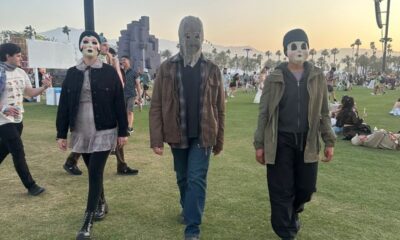
 Movies7 days ago
Movies7 days ago‘The Strangers’ Invaded Coachella in Instagramable PR Stunt
-

 Movies6 days ago
Movies6 days agoAnother Creepy Spider Movie Hits Shudder This Month
-
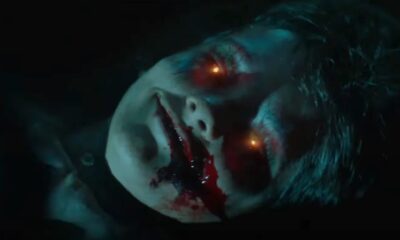
 Movies7 days ago
Movies7 days agoRenny Harlin’s Recent Horror Movie ‘Refuge’ Releasing in U.S. This Month
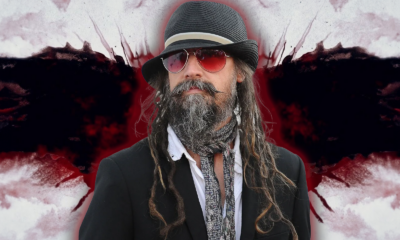

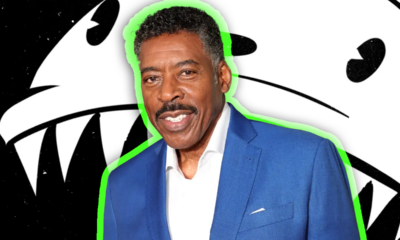

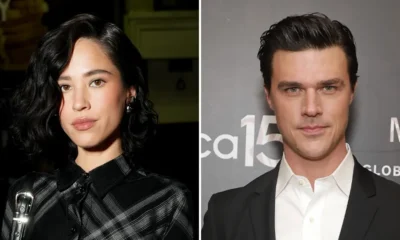


















You must be logged in to post a comment Login